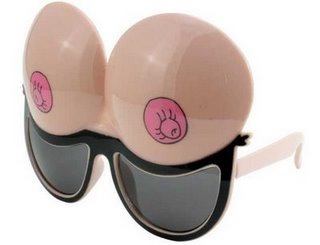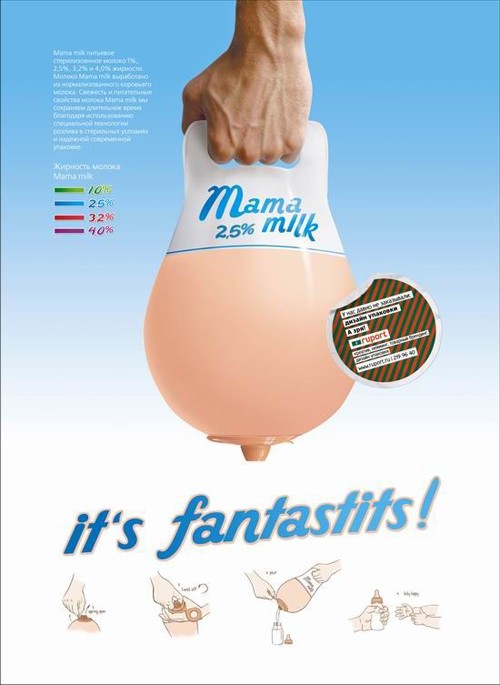Cross-posted at Montclair SocioBlog.
As I speculated years ago (here and here), it may be hard for Americans to imagine a world where the law guarantees them at least 20 paid vacation days per year. But such a world exists. It’s called Europe.*

Americans are the lucky ones. As Mitt Romney has warned us “European-style benefits” would “poison the very spirit of America.” Niall Ferguson, who weighs in frequently on history and economics, contrasts America’s “Protestant work ethic” with what you find in Europe – an “atheist sloth ethic.”
The graph is a bit misleading. It shows only what the law requires of employers. Americans do get vacations. But here in America, how much vacation you get, or whether you get any at all, and whether it’s paid – that all depends on what you can negotiate with your employer.
Since American vacations depend on what the boss will grant, some people get more paid vacation, some get less, and some get none. So it might be useful to ask which sectors of our economy are beehives of the work ethic and which are sloughs of sloth. (Ferguson’s employer, for example, Harvard University, probably gives him three months off in the summer, plus a week or two or more in the winter between semesters, plus spring break, and maybe a few other days. I wonder how he would react if Harvard did away with these sloth-inducing policies.)
The Wall Street Journal recently (here) published a graph of BLS data on access to paid vacations; they break it up by industry near the bottom.

Those people who are cleaning your hotel room and serving your meals while you’re on vacation — only about one in four can get any paid vacation days. And at the other end, which economic sector is most indulgent of sloth among its workforce? Wall Street. Four out of five there get paid vacation.
How much paid vacation do we get? That depends on sector, but it also depends on length of service. As the Journal says,
Europeans also get more time off: usually a bare minimum of four weeks off a year. Most Americans have to stay in a job for 20 years to get that much, according to BLS data.
—————————
* The graph is from five years ago, but I doubt things have changed much. The US still has no federal or state laws requiring any paid vacation days.















